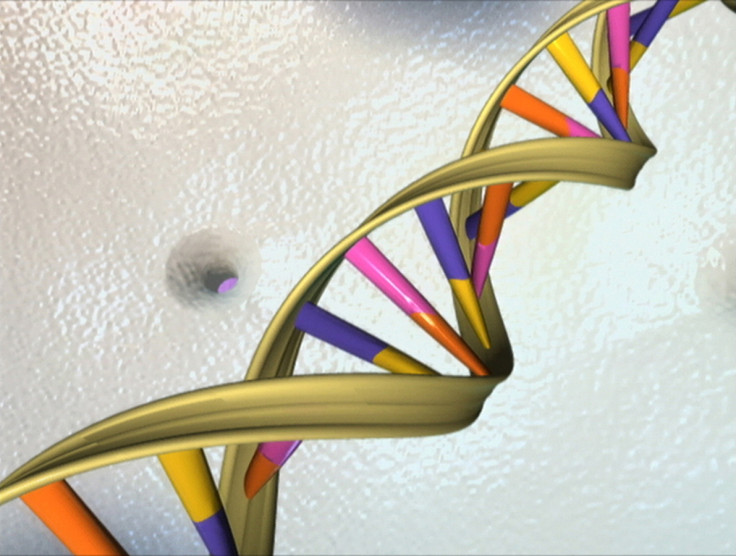Tracking specific pieces of DNA can reveal how natural genetic mutations occur

Scientists from the University of Edinburgh have developed a method that helps them track different pieces of replicating DNA, which can aid them in understanding how naturally occurring genetic mutations happen.
DNA replication is the process of producing two identical replicas from one original DNA molecule, which holds all the functions and characteristics of the living organism.
A cell can only reproduce after a copy of its DNA is made and when DNA replication occurs, several copying enzymes unzip the DNA molecule, creating strands of DNA that act as a pattern for making a new molecule.
One of the copying enzymes is the polymerase, which makes short stretches of DNA that act as a scaffold so other copying enzymes can then replicate the remaining DNA.
Scientists have always assumed if the DNA scaffold contains errors, the body will delete them, and standard computer models have supported this theory.
However, the researchers discovered that up to 1.5% of finished DNA molecules contain left-over scaffolds, which means any mistakes they contain become trapped in the new DNA molecule, causing mutations.
Their research, entitled "Lagging-strand replication shapes the mutational landscape of the genome" is published in the journal Nature.
By being able to label and track pieces of new DNA as they are made, the researchers can identify which copying enzyme is responsible for any mistakes, which tend to occur most often in crucial regulatory switches in the DNA that control when genes are switched on or off.
This can be deadly, as changing or destroying regulatory diseases can lead to genetic diseases, make a person more susceptible to common diseases, or even contribute to the development of cancer.
It is currently difficult to hunt for mutations that cause diseases as some regions of the DNA molecule do not code for proteins.
"We have been aware of striking patterns in how DNA changes for several years but couldn't explain why the patterns were there," said Dr Martin Taylor of the Medical Research Council Human Genetics Unit at University of Edinburgh.
"This new work gives us a mechanism and revealed previously unseen patterns that are probably the most important finding, as they point to sites in our DNA that are likely to have a high rate of damaging mutations."
© Copyright IBTimes 2025. All rights reserved.






















